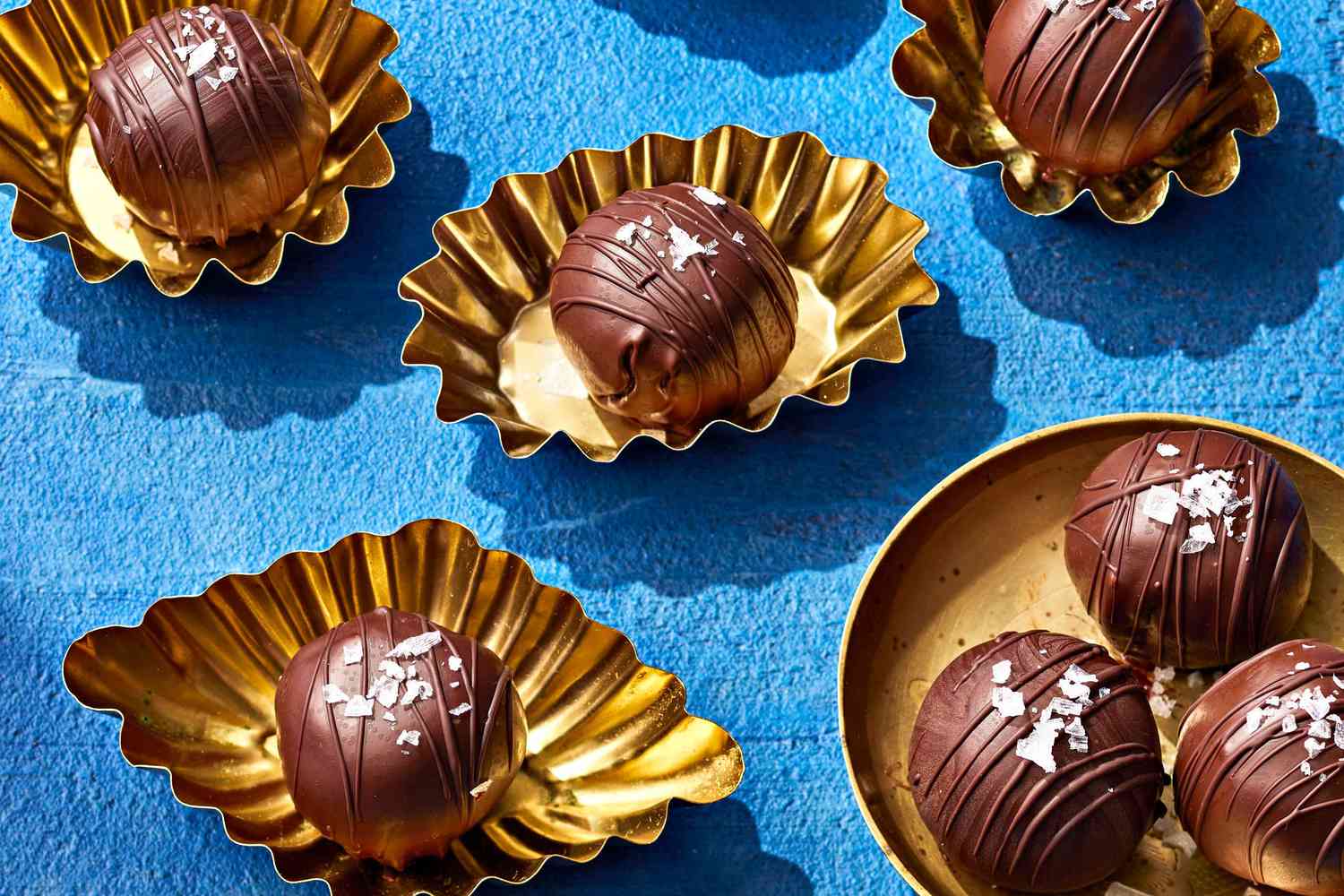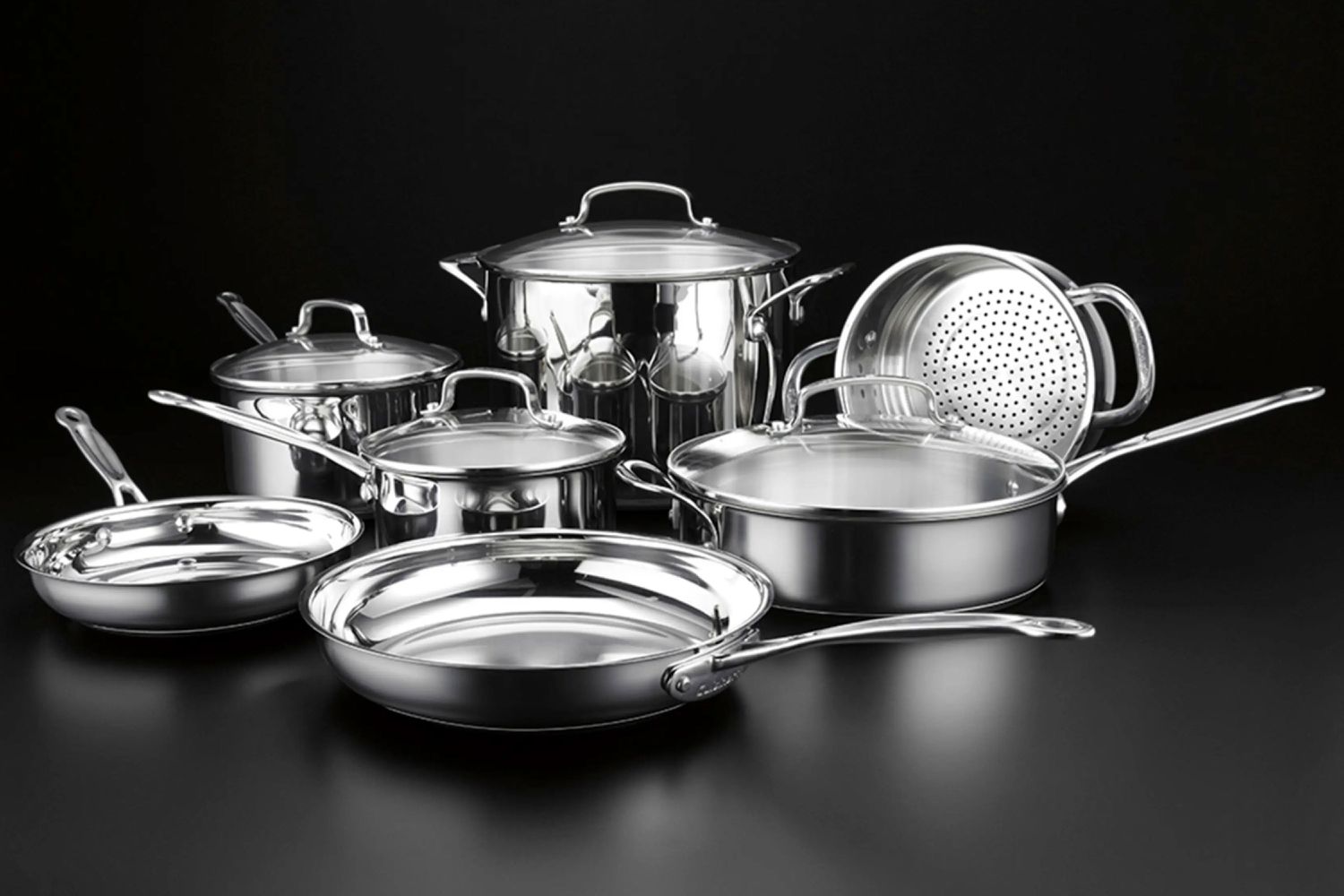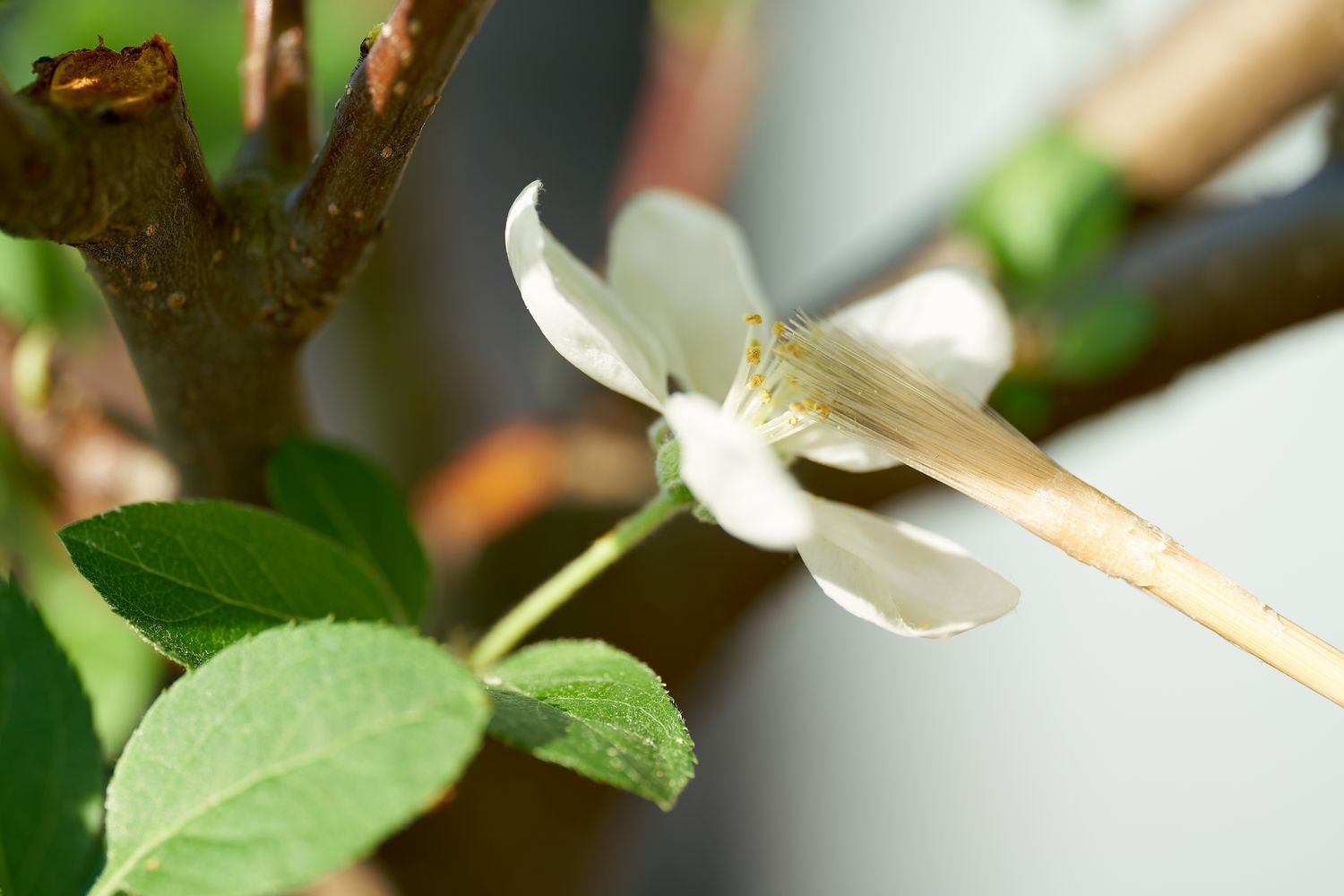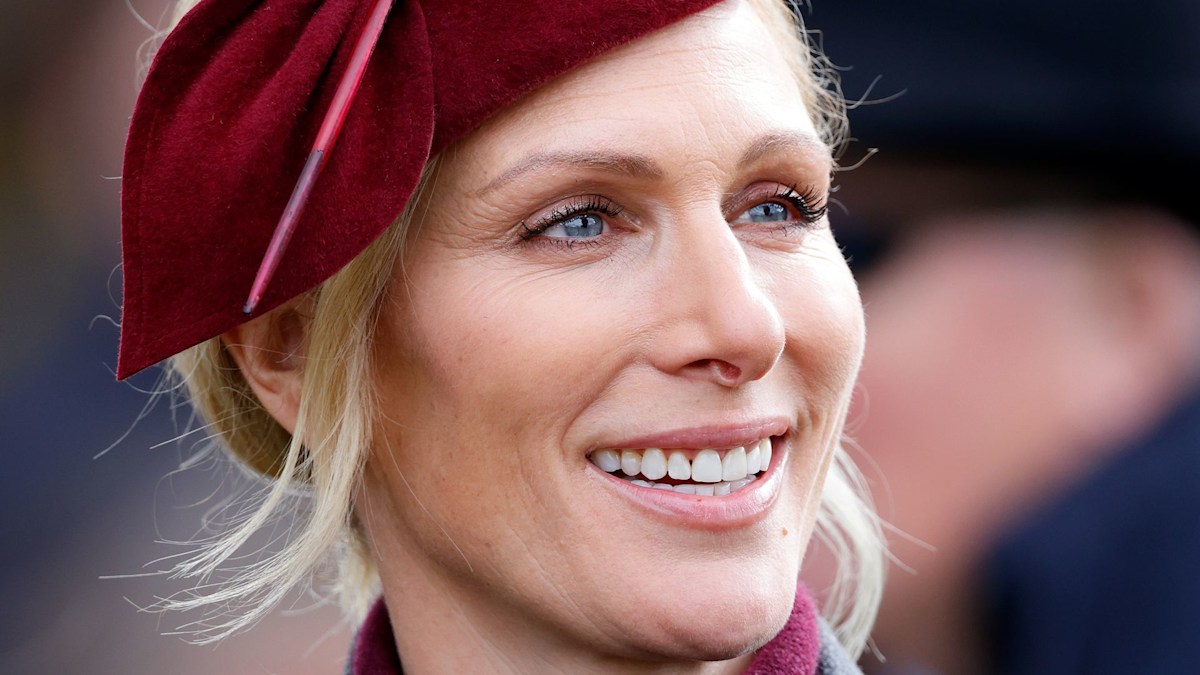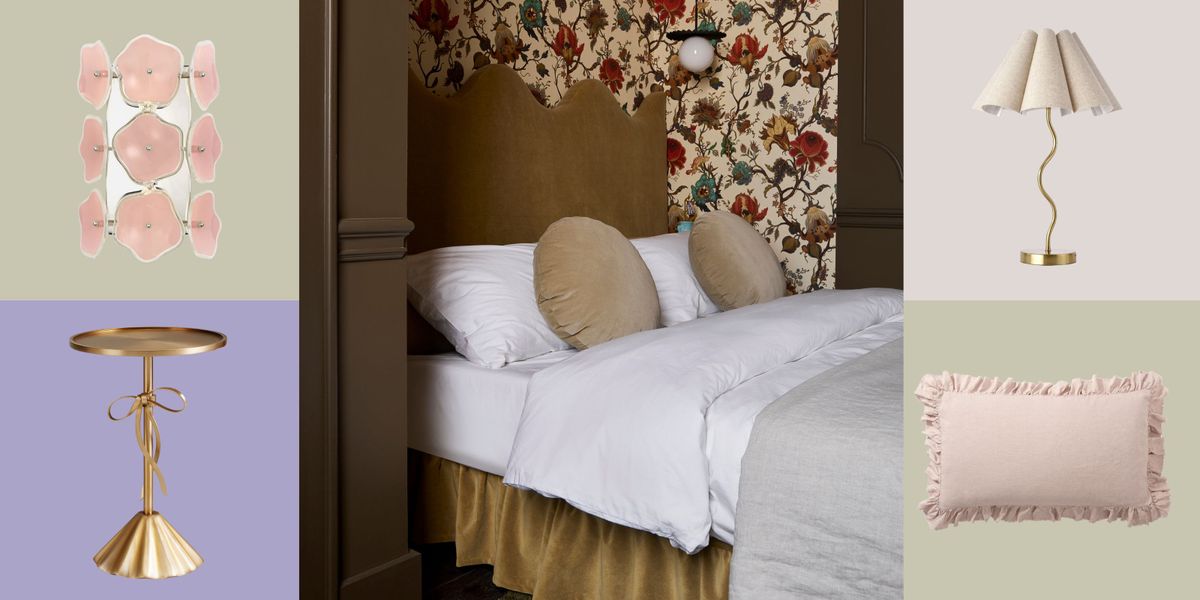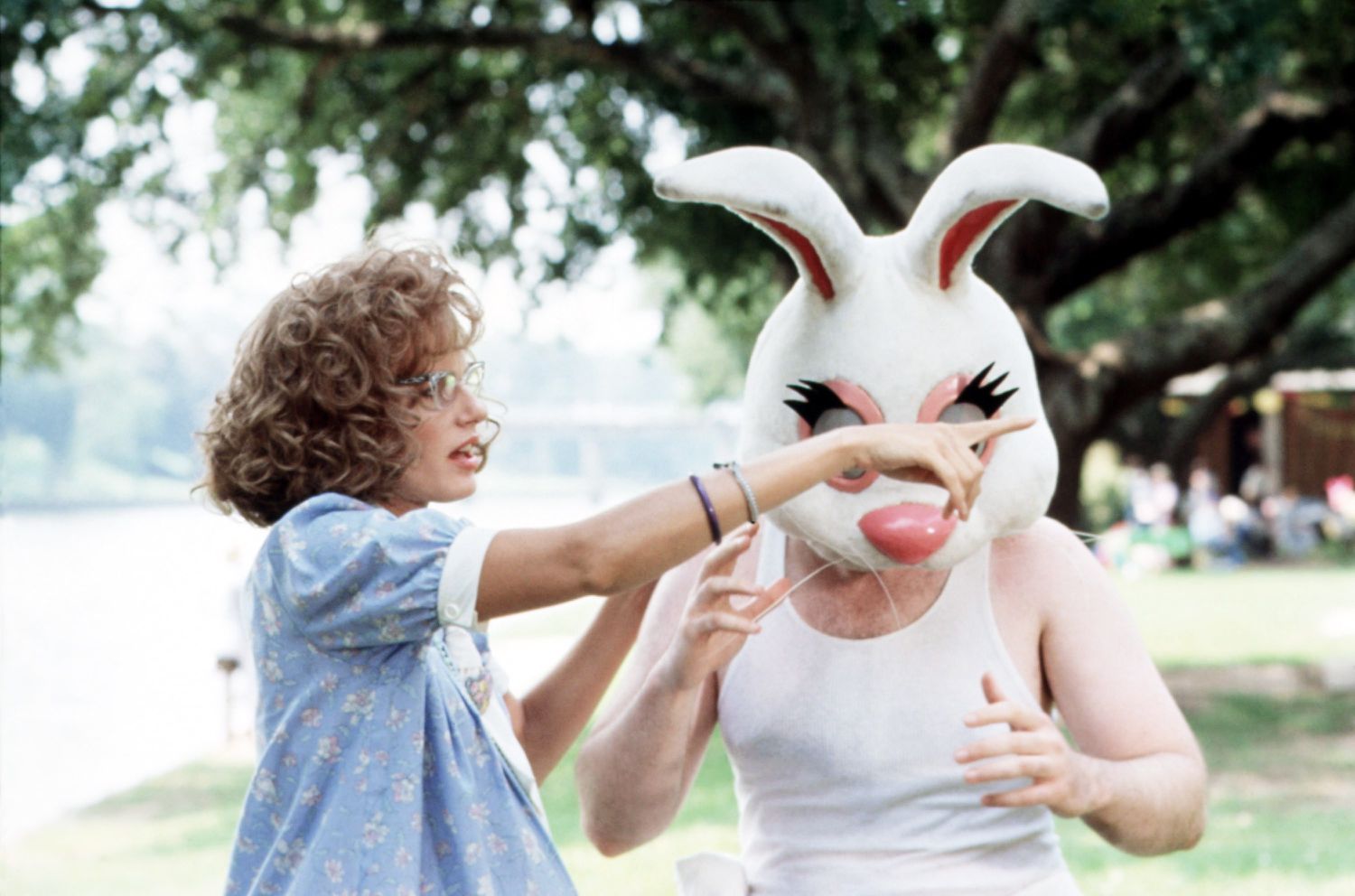
Hear Us Out: ‘Steel Magnolias’ Is The Ultimate Easter Movie
When my brother was a toddler, the opening credits of Steel Magnolias would send him running toward the television. He’d plop himself down for the entire flick, anxiously awaiting his favorite part: The debut of the Easter Bunny, who, if you’ve seen the film, ultimately rides off into the sunset on the back of a motorcycle. What toddler dreams are made of, am I right?!
Now, as a 35-year-old father of two, it doesn’t strike quite the same chord, but it does make us giggle over the memories. While Steel Magnolias is arguably the quintessential Southern movie for many reasons, I like to think it is especially ideal for Easter, and not just because of the cycling Easter bunny.
Spring Fling
The film opens and closes during Easter celebrations, complete with egg hunts and pastel dresses. At the beginning of the movie, we see newly single Annelle, played by Daryl Hannah, meandering through Natchitoches, taking in the small town life all around her. A baseball team darts across Front Street while Easter decorations adorn houses. The viewers are instantly drawn into the Southern setting.
Eggs-cellent Symbolism
As the ladies wrap up their various looks and hairstyles for Shelby’s afternoon springtime wedding, complete with a church draped in blush and bashful pink and an armadillo groom’s cake, we see them loading a trunk with hundreds of perfectly dyed Easter eggs—that is, until they’re smashed into an eggy mess. Those eggs, symbols of new life and fertility, are more than just props; they represent the film’s central themes of birth and growth. Just as Easter celebrates the promise of new life, the movie explores the resilience of the human spirit, even when it’s broken. The dyed eggs are a poignant reminder of the hope and renewal that Easter embodies.
Everett Collection
Bonnets And Bunting
It goes without saying that there are more than a few tear-jerking moments during the movie (no spoilers here!), but it ultimately celebrates the strength of female friendship. As the film progresses, viewers are taken through various seasons. Christmas is celebrated with sparkling pageantry; the Fourth of July welcomes a second birthday, and Halloween reveals sinfully unserious laughs (if you know, you know). Each of the main characters grows in their relationships with themselves and each other. These women might be graceful like flowers, but their spirits are as strong as metal, especially during hardship.
By the end of the movie, which circles to the Easter holiday, we see the affirmation of life’s resilience. Everyone is dressed in their Easter best (think pastels, florals, bowties, and big hats). The springtime soiree is a visual reminder that even in the midst of tragedy, life is worth celebrating. The egg hunt continues, and the town (and the friends) gets its annual fresh start. As the Easter Bunny rides into the sunset, the audience is left with renewed hope for the characters and the sweet promise of another Chinquapin Parish springtime, just around the bend.



